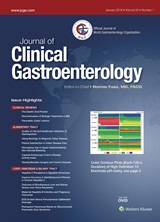
“Nausea and vomiting result from complex interactions between afferent and efferent pathways of the gastrointestinal tract, central nervous system, and autonomic nervous system. Afferent pathways from the vagus nerve, vestibular system, and chemoreceptor trigger zone project to nucleus tractus solitarius, which in turn relays signals to the central pattern generator to initiate multiple downstream pathways resulting in symptoms of nausea and vomiting. There is increasing evidence that the central pathway of chronic nausea is different from that of acute nausea and vomiting-and closely resembles that of neuropathic pain. This improved understanding of chronic nausea has resulted in a paradigm shift with regard to management strategy. Although conventional therapies such as antiemetics and prokinetics are commonly used to manage acute nausea and vomiting, they are historically not as effective in treating chronic nausea. Recently, neuromodulator agents, such as tricyclic antidepressants, gabapentin, olanzapine, mirtazapine, and benzodiazepines, and cannabinoids have been shown to be efficacious in the treatment of nausea and vomiting, and may be useful in the treatment of chronic symptoms. There is a need to study these agents, especially in the management of chronic functional nausea. Improved understanding of the central and peripheral circuitry of nausea and vomiting symptoms will allow for enhanced utilization of the currently available medications, and the development of novel therapeutic options.”
https://www.ncbi.nlm.nih.gov/pubmed/30614944
https://insights.ovid.com/crossref?an=00004836-900000000-97784

